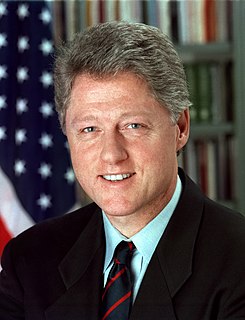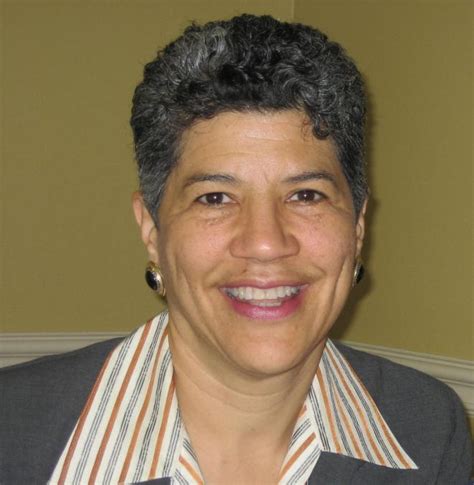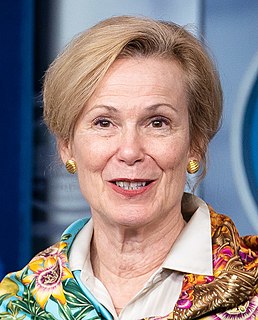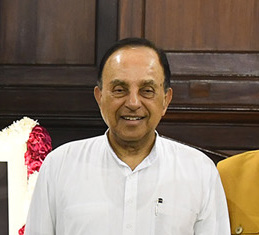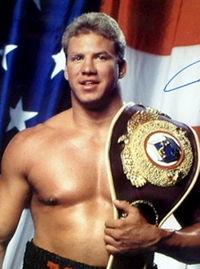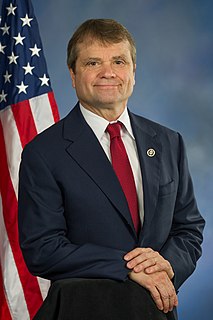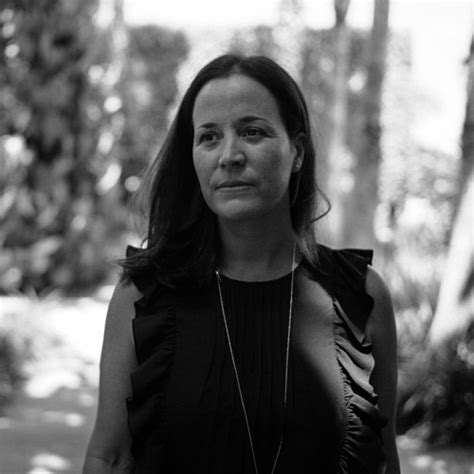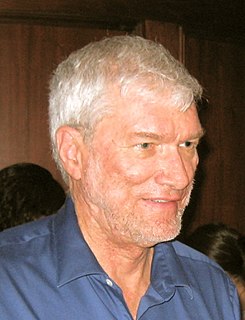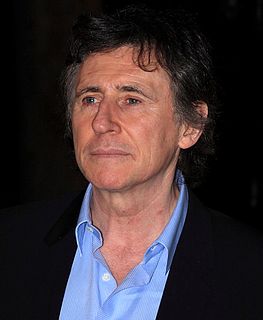A Quote by Philip Emeagwali
One out of every 100 American men is HIV positive. The rate of infection has reached epidemic proportions in 40 developing nations.
Related Quotes
Drug warriors' staunch opposition to needle exchanges to prevent the spread of HIV in addicts delayed the programs' widespread introduction in most states for years. A federal ban on funding for these programs wasn't lifted until 2009. Contrast this with what happened in the U.K. At the peak of the AIDS epidemic in the mid-1990s, the HIV infection rate in IV drug users in the U.K. was about 1%. In New York City, the American epicenter, that figure was 50%. The British had introduced widespread needle exchange in 1986. That country had no heterosexual AIDS epidemic.
We're [Clinton Foundation] trying to get rapid tests that give you results when you're right there on site at an affordable price. Ninety percent of the HIV-positive people in the world don't know they have the infection. An enormous amount of infections are being perpetrated by people who don't know they themselves are HIV positive.


